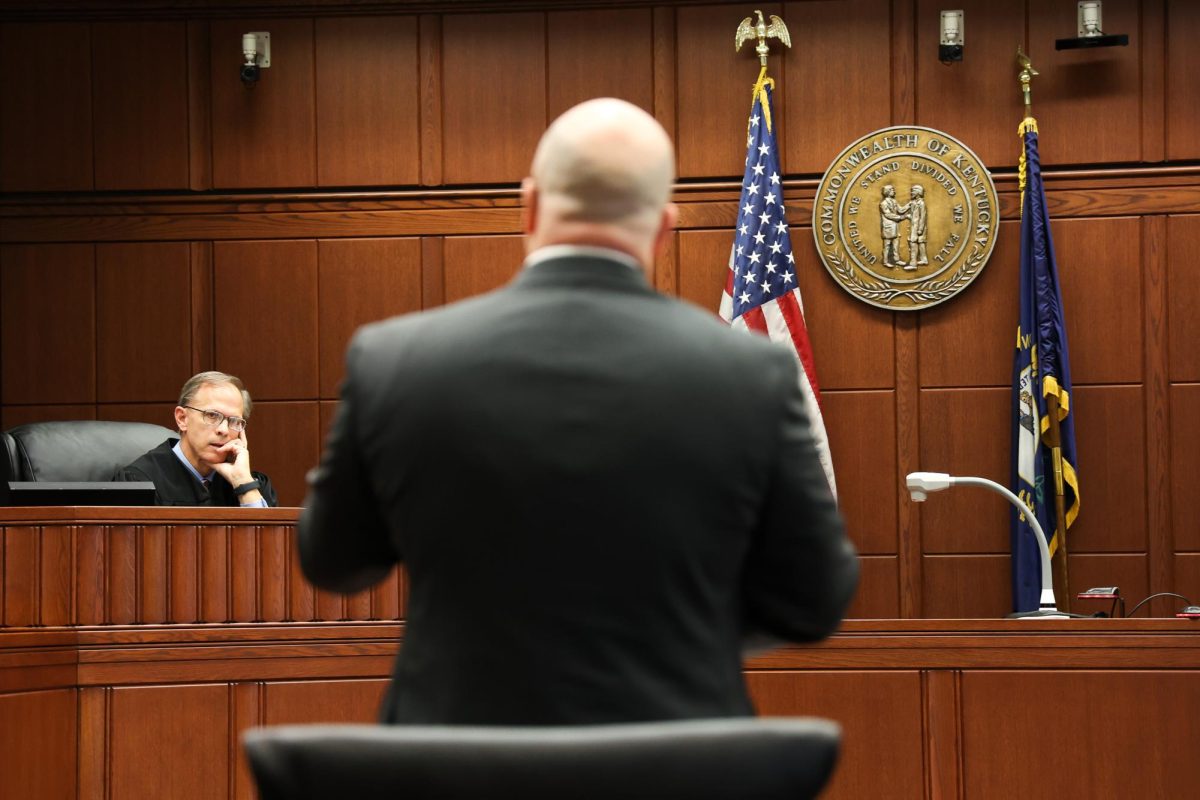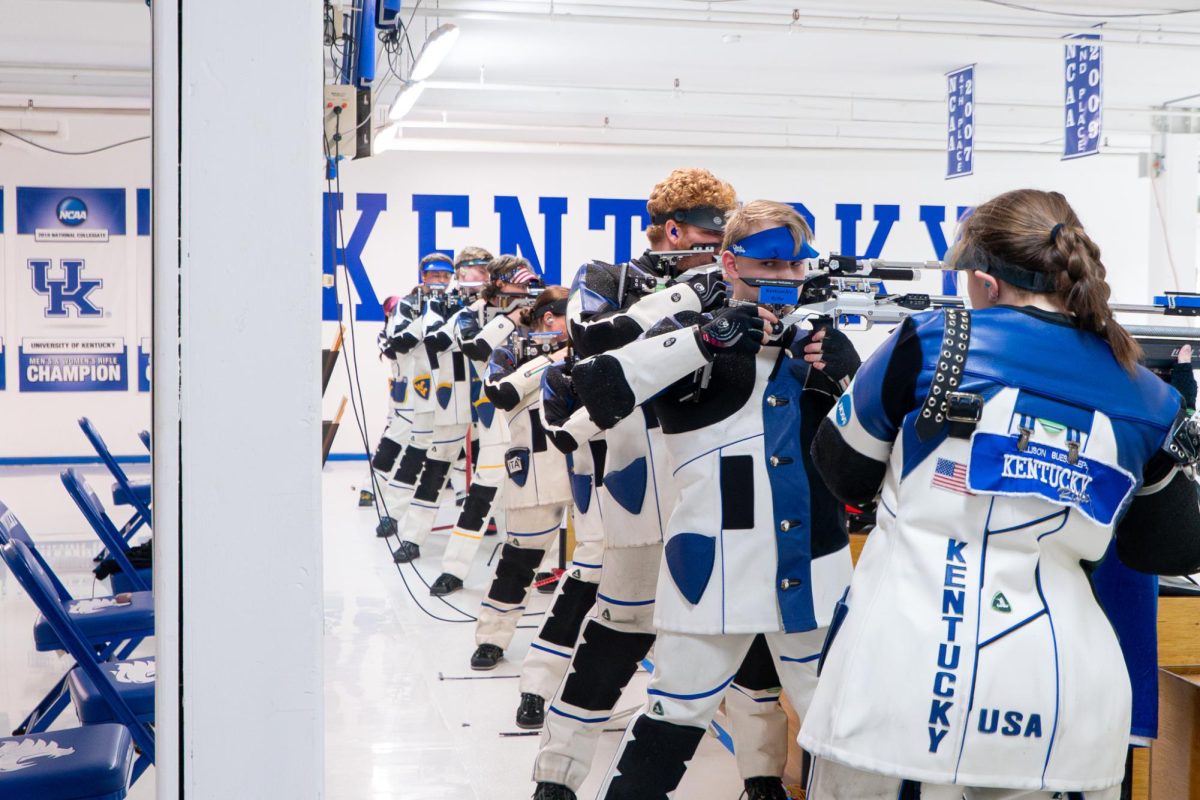The women’s suffrage movement taught us nothing
August 27, 2018
Exactly 101 years ago on August 28, 1917, 10 women suffragists were arrested for picketing outside the White House. Their crime? Supporting the “Anthony” amendment, which, if adopted by Congress, would give women the right to vote. Three years later, the 19th amendment was ratified and (white) women were given the right to vote.
So many women celebrate 1920 as a big breakthrough for women’s rights, but the passage of the 19th amendment didn’t abolish all obstacles to voting for women. It was not until 1924 that Native American women and men were granted full U.S. citizenship and could vote, and Asian-American men and women did not gain that right until 1952. And it was not until 1965— that’s only 53 years ago!— that the Voting Rights Act was passed and forbid states from imposing discriminatory restrictions on voting, so African-American women could vote.
While these dates just seem like “history,” they present a trend that continues to this day— the interplay of race and sex. In the Women’s March that took place in both this and last January to protest the presidency of Donald Trump, there were a lot of criticisms of the march being too “white” and catered to more privileged women. Many women of color felt disenfranchised with the march not catering to issues that women of color specifically dealt with.
Later, the Women’s March brought on some women of color to be co-chairs of the event in an attempt to be more inclusive and quell criticism. This was necessary, in my opinion, as women of color face many issues that white women do not. For example, while the gender pay gap still exists, women of color, especially black women and Latina women, make even less than their white, female counterparts.
The suffragist movement of the late 1800s and early 1900s had some racial undertones, putting people of color down in order to convince white men that white women deserved the right to vote. Even today, not all white women are allies with women of color. In the special Alabama senate election that occurred earlier this year, 68 percent of white women voted for Roy Moore, who has made racists remarks and been accused of sexual misconduct, while 98 percent of African American women voted for his opponent, Doug Jones.
Exit polls show that 53 percent of white women voted for Trump in the 2016 presidential election, a man who has made racist remarks and expressed interest in overturning Roe v. Wade.
What do these statistics tell us? They tell us, for one, that we have learned nothing from the women’s suffrage movement that took place more than 100 years ago. It also shows us that the racial attitudes that plagued the 20th century still exist to this day, albeit to a lesser extent.
































































































































































